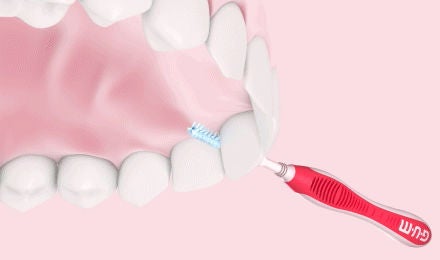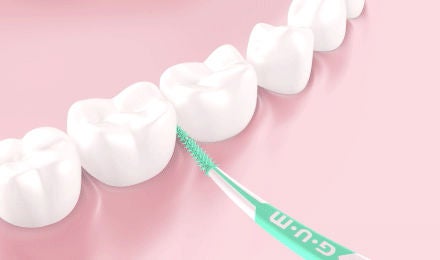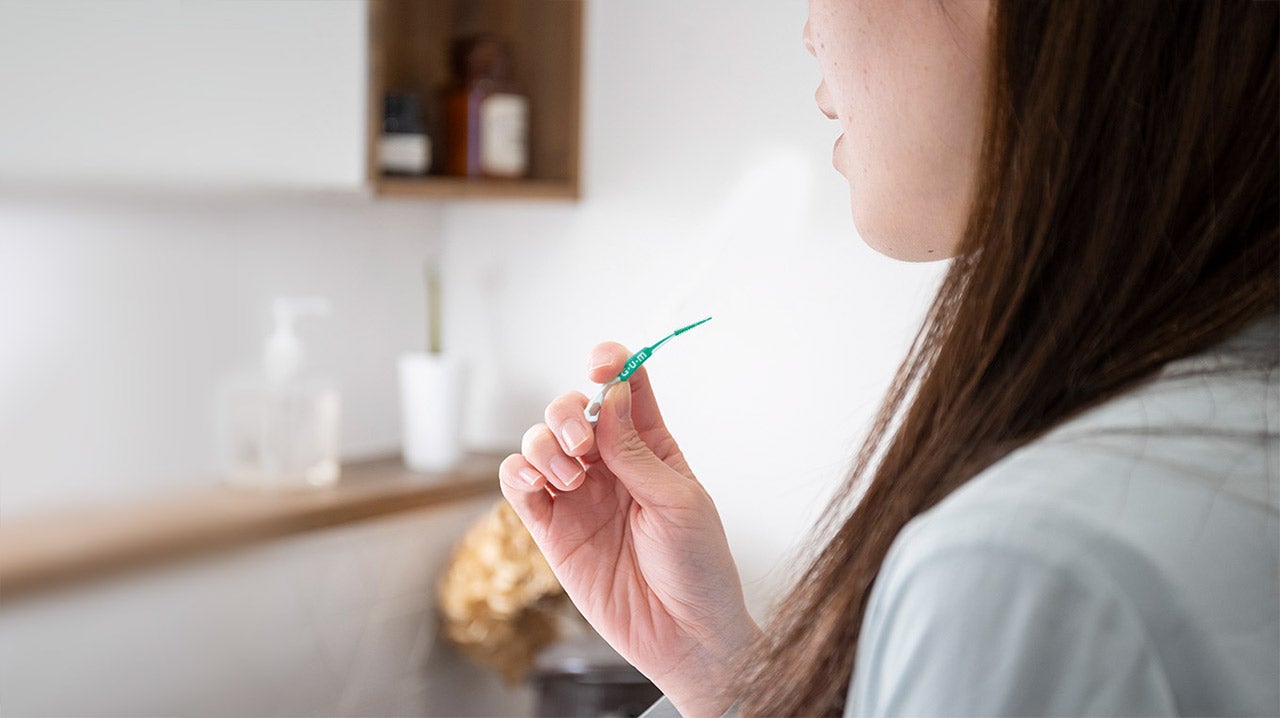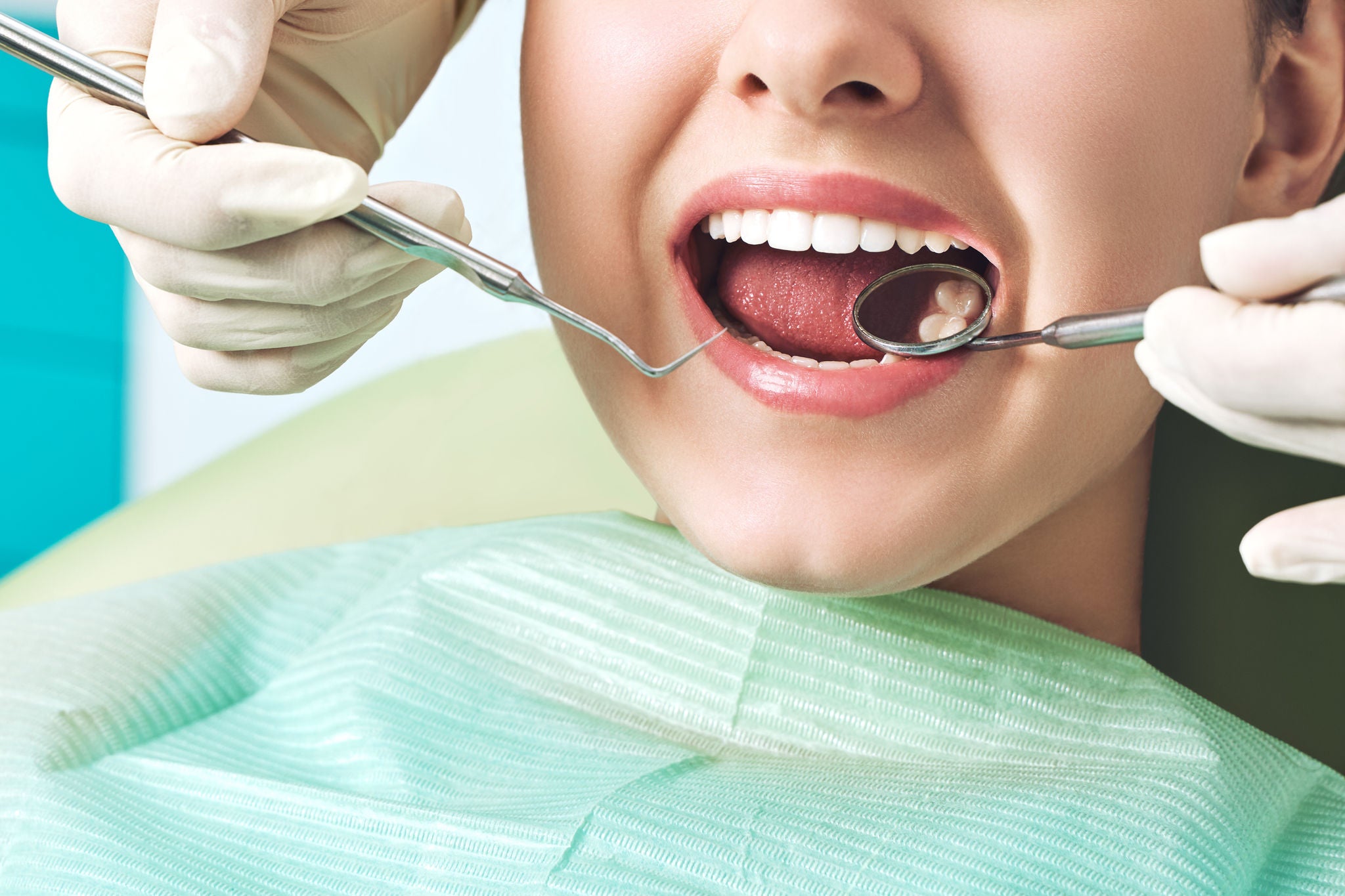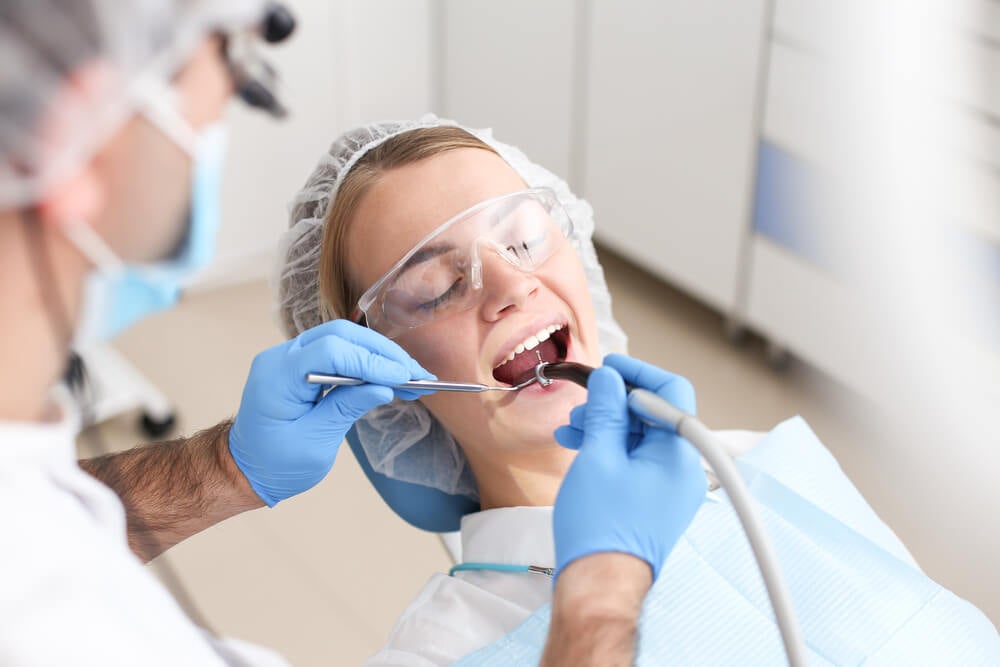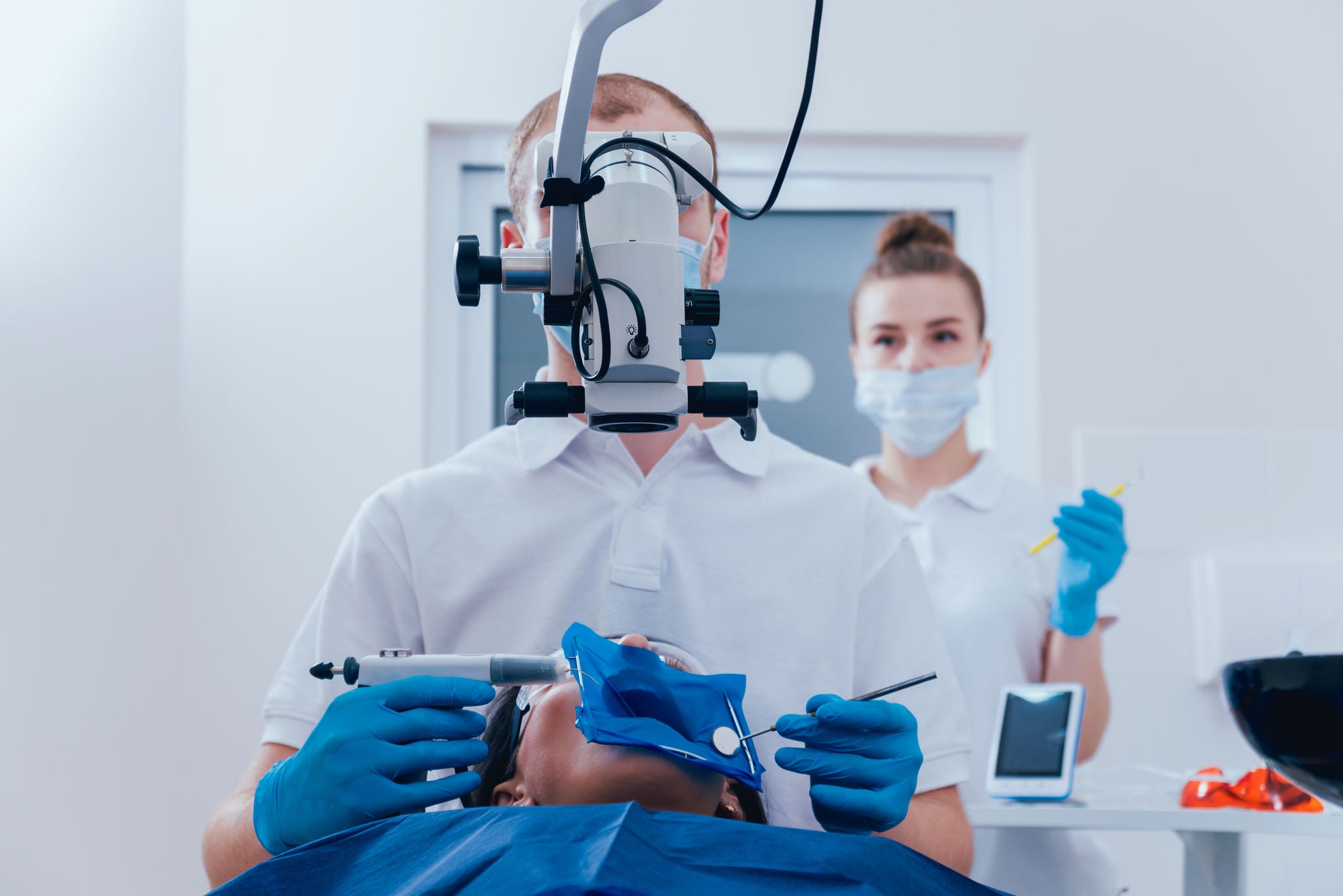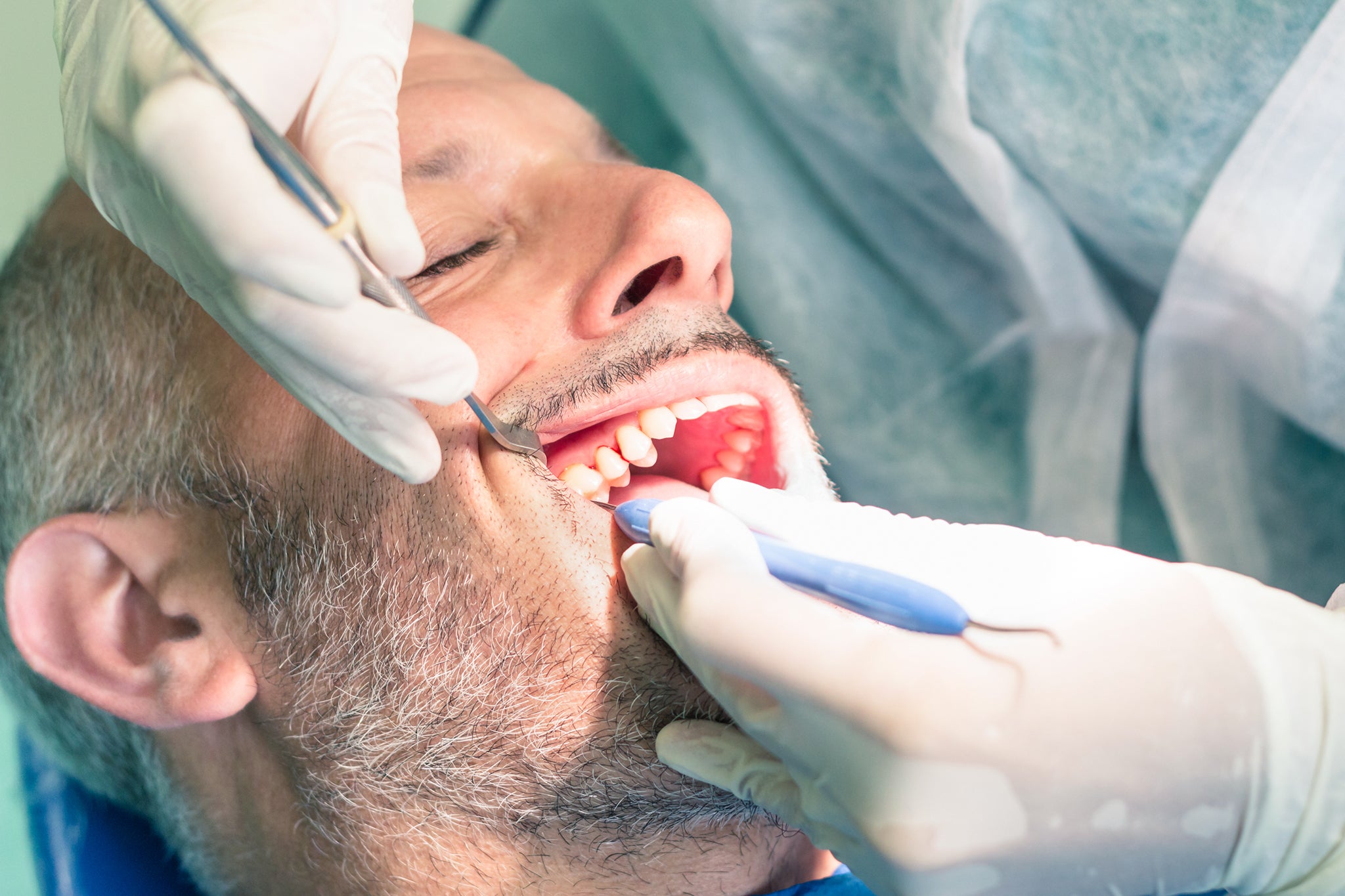
How to Use Interdental Brushes and Picks and Why You Should
Brushing teeth has been a central staple of oral care for thousands of years, and patients generally understand why it matters. Interdental cleaning, meanwhile, is a relatively new concept in this light.
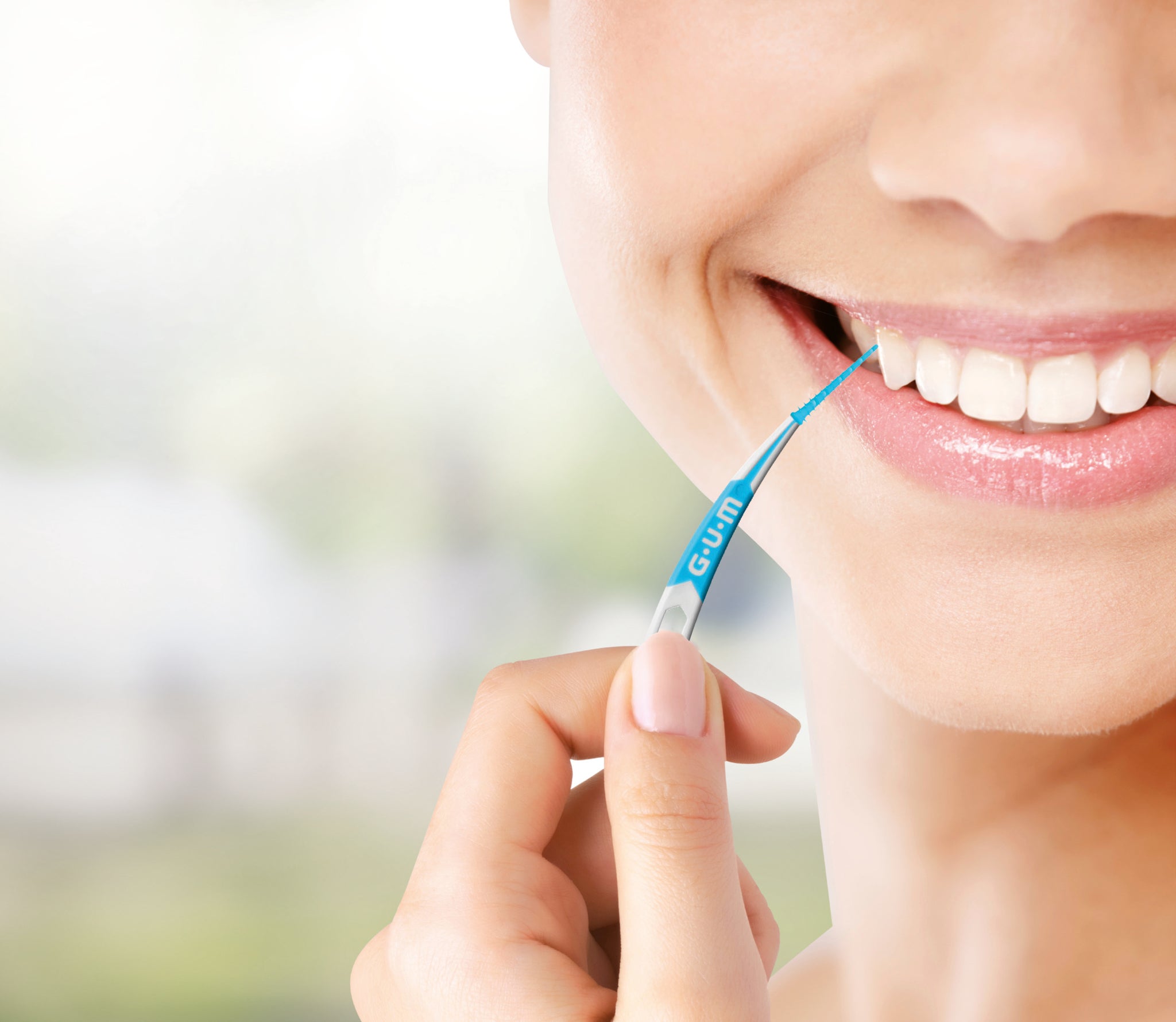
How to use an interdental brush properly step by step
Do you want to have something visual to explain to your patients how to use an interdental brush? Feel free to share these easy steps:
Brushing teeth has been a central staple of oral care for thousands of years, and patients generally understand why it matters. Interdental cleaning, meanwhile, is a relatively new concept in this light.
With emerging technology and advancements such as interdental brushes making the practice easier and more effective than ever, it's all about emphasizing the value to your patients in a compelling way, and instilling good habits and a daily ritual.
Spelling out the risks of inadequate interdental cleaning helps. Research [1] indeed suggests that if you want to change patients’ oral hygiene behavior, success largely depends on whether they understand the repercussions of poor oral hygiene, how they perceive their susceptibility to periodontitis, and if they realize how a change in habits could work in their advantage. You can read more about this in one of our previous blog posts. However, according to the same study, effective strategies to facilitate these behavioral changes revolve around goal-setting and planning: together with the patient, decide on the what, how, and when. This includes equipping them with the knowledge and tools that allow them to easily adapt their routine.
That's why many oral care professionals are introducing their patients to interdental brushes or rubber picks, as they’re easier to use [2] (if the interdental space allows) than floss. Clearly explaining what they are, and why they’re beneficial, holds the key to improving home care routines in a big way. According to state-of-the-art guidelines [3] – recently published by the European Federation of Periodontology – providing the right tools, and teaching patients how to use them, is the very first step of therapy.

1. Introducing patients to interdental cleaners
Introducing patients to an interdental brush or a rubber pick is a big step toward building better practices around cleaning between the teeth. A 2019 publication in the International Journal of Dental Hygiene highlights the importance of educating patients on interdental cleaning products [4] in helping manage interdental plaque at home.
But familiarity with the product is only half the battle in embedding the habit. According to the article, access to an interdental brush doesn’t suddenly lead to a prioritization of interdental care. The next step is motivating patients to regularly incorporate interdental cleaning into their routine.
2. Explaining the differences between toothbrushes, flossing and interdental brushes
Explain to patients where interdental cleaning fits into their oral care toolbox. How does it complement a toothbrush's function? Why can interdental brushes and picks be preferable to classic dental floss in some instances? Every implement has its purpose.
- Toothbrushes clean the three exposed surfaces of teeth - buccal, lingual and occlusal. This is easily explained.
- Flossing cleans between the teeth, on the mesial and distal sides, enabling patients to clean around the tooth below the gumline and reach the sulcus. It is especially helpful in between tight teeth, where the bristles of a brush can’t penetrate. Floss dislodges debris and plaque to prevent the development of periodontal pockets.
- Interdental brushes or picks clean the spaces between teeth and dental appliances, where food becomes lodged and plaque can accumulate. They also massage gums to stimulate blood flow, reaching where brushes can’t and where floss wouldn’t be efficient. As for differentiating between these two interdental cleaning options:
- Interdental brushes are small brushes made of filaments attached to a coated wire with a rounded tip for more comfort and to protect the gums. There are many different sizes available (GUM offers nine).
- Interdental picks are made of rubber, and are known for being more gentle with gums and teeth. They come in three different sizes.
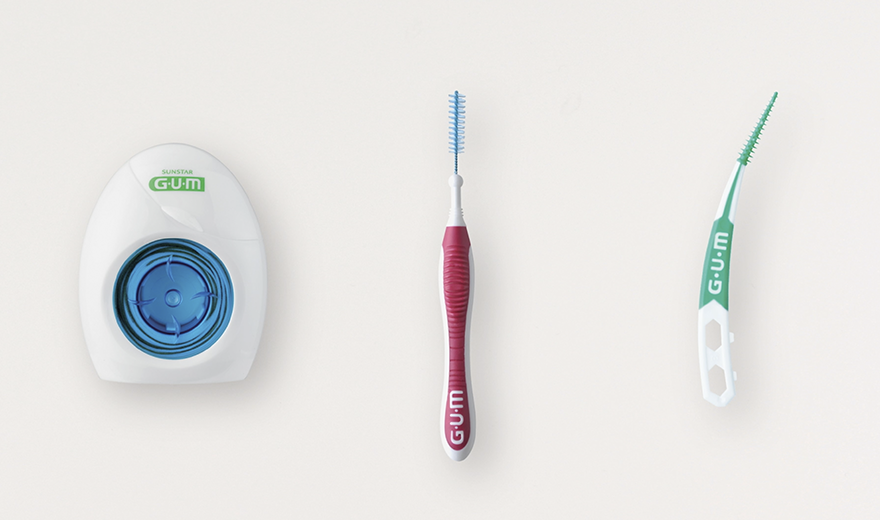
Clearly convey the role of each implement to patients as part of a greater oral care regimen. Framing it within the context of brushing and flossing helps make it real—something patients can take home with them. And, when they learn interdental brushes or picks can combine effectiveness and ease, patients might take a liking.
This is especially true for GUM® SOFT-PICKS® PRO curved interdental picks. Research on curved rubber bristle interdental cleaners (cRBIC) [5] attributes ease of use to habit formation and better results. In a randomized controlled clinical trial including 50 participants with gingivitis, those assigned to cRBICs showed overall better compliance levels than the floss group (>4 weeks). Ease of use matters!
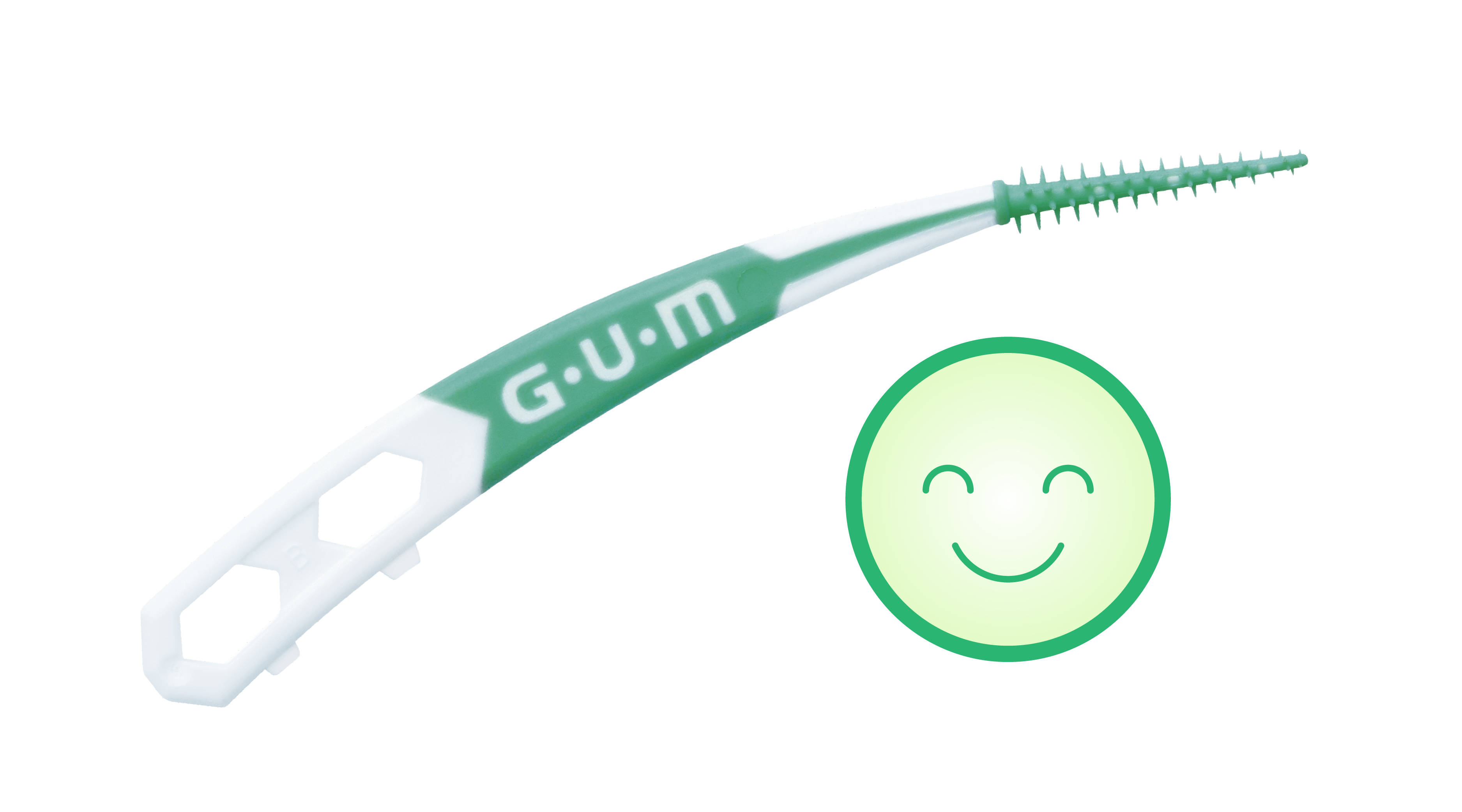
3. What to look for when shopping for interdental brushes
Help patients recognize what to look for in a product: coated wires, antibacterial filaments, and convenience with adaptable handles are easy to use. These are all key factors to ensure hygiene and patient compliance.
As any dentist knows, technique is everything. Good interdental cleaning technique yields great results for oral health; poor technique leaves teeth and gums at risk. Convey the quality of interdental brushing over quickness.
Instructing patients on proper technique during a visit is the simple part, of course. What makes a difference is embedding the habit and making it stick. Conventional wisdom suggests that it takes 21 days to turn a behavior into a habit, although research suggests it might take three times as long [6]. Try pointing them toward creative tips for making habits stick [7].
If you’d like a simplified set of interdental brushing instructions to share with your patients, feel free to print and provide them with this paragraph:
Ensure patients know they might need different brushes or picks for differently-sized interdental spaces. This is often the case for cleaning between teeth or cleaning around permanent retainers or braces.
4. Sharing key benefits of interdental brushes
The benefits associated with interdental cleaning are relevant to any patient, but they’re worth explaining in the context of each unique individual. For example, if their gums bleed during the hygienist’s cleaning, recommend interdental brushes to help them avoid that issue in the future. Or, if a patient complains of debris stuck in their braces or implants, show them exactly how an interdental brush can help. Frame the benefits of interdental brushing [8] from a patient’s perspective:
- Can be easier and more comfortable than traditional string flossing when there is space.
- Cleans space toothbrushes just can’t reach, where floss may not be as effective.
- Helps reduce irritation and inflammation of interdental gums.
- Can reduce bleeding from gums, when combined with an overall oral hygiene regimen.
- Flexible material makes it easier to reach in between back molars.
- Reduces the prevalence of gingivitis and periodontitis.
5. Recommending interdental brushes or picks to patients
The last step in inspiring action is to provide the means. Recommend interdental brushes or picks to those patients susceptible to periodontal disease. Moreover, patients with orthodontic appliances benefit from these brushes' thorough cleaning. Give your patients an interdental brush or trial set of picks. Or, at the very least, recommend a specific variety to them.
It’s best to start with a demonstration, and then offer a sample or two, so patients can experiment with interdental brush products before investing in them on their own. This conversation also provides a great opportunity to talk about sizes, firmness, and the difference between interdental brushes and picks. Since some patients are averse to a metallic feeling in their mouth, you might opt to start by recommending GUM SOFT-PICKS, which tend to have a higher rate of adoption and compliance. Once they start to get familiar with interdental cleaning, you can revisit brushes and their benefits.
Learn more about GUM products and how to give your patients the best guidance possible!
